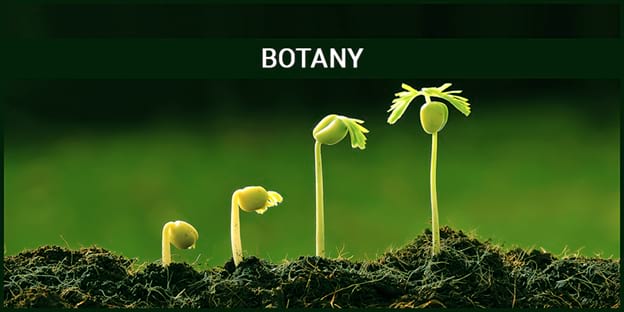This chapter introduces students to the fundamental principles of taxonomy and classification systems in biology. We explore how living organisms are categorized hierarchically based on their evolutionary relationships and shared characteristics. Students will learn about the five-kingdom and three-domain systems, with special emphasis on the contributions of scientists like Linnaeus, Whittaker, and Woese. Through this chapter, students develop the critical foundation needed to understand biodiversity and the relationships between different life forms, preparing them for more specialized study of specific groups in subsequent chapters.
Complete Chapter-wise Hsslive Plus One Botany Notes
Our HSSLive Plus One Botany Notes cover all chapters with key focus areas to help you organize your study effectively:
- Chapter 1 Biological Classification Notes
- Chapter 2 Plant Kingdom Notes
- Chapter 3 Morphology of Flowering Plants Notes
- Chapter 4 Anatomy of Flowering Plants Notes
- Chapter 5 Cell: The Unit of Life Notes
- Chapter 6 Cell Cycle and Cell Division Notes
- Chapter 7 Transport in Plants Notes
- Chapter 8 Mineral Nutrition Notes
- Chapter 9 Photosynthesis in Higher Plants Notes
- Chapter 10 Respiration in Plants Notes
- Chapter 11 Plant Growth and Development Notes

1 thought on “HSSLIVE Plus One Botany Chapter 1: Biological Classification Notes”